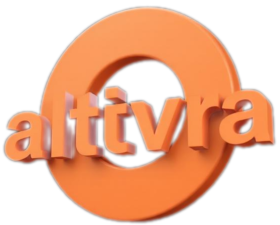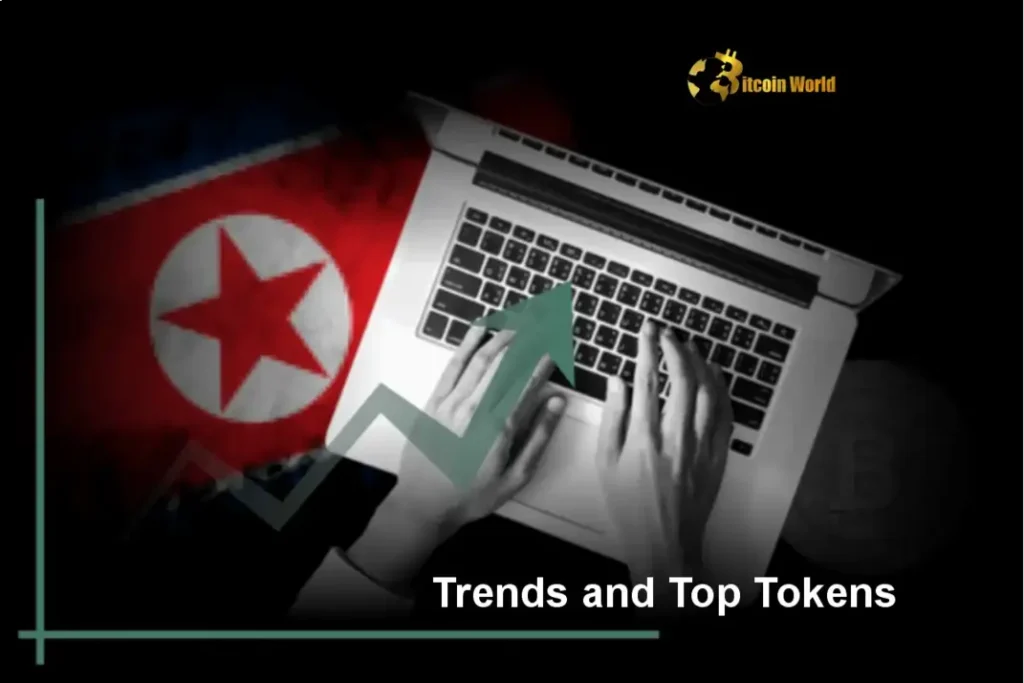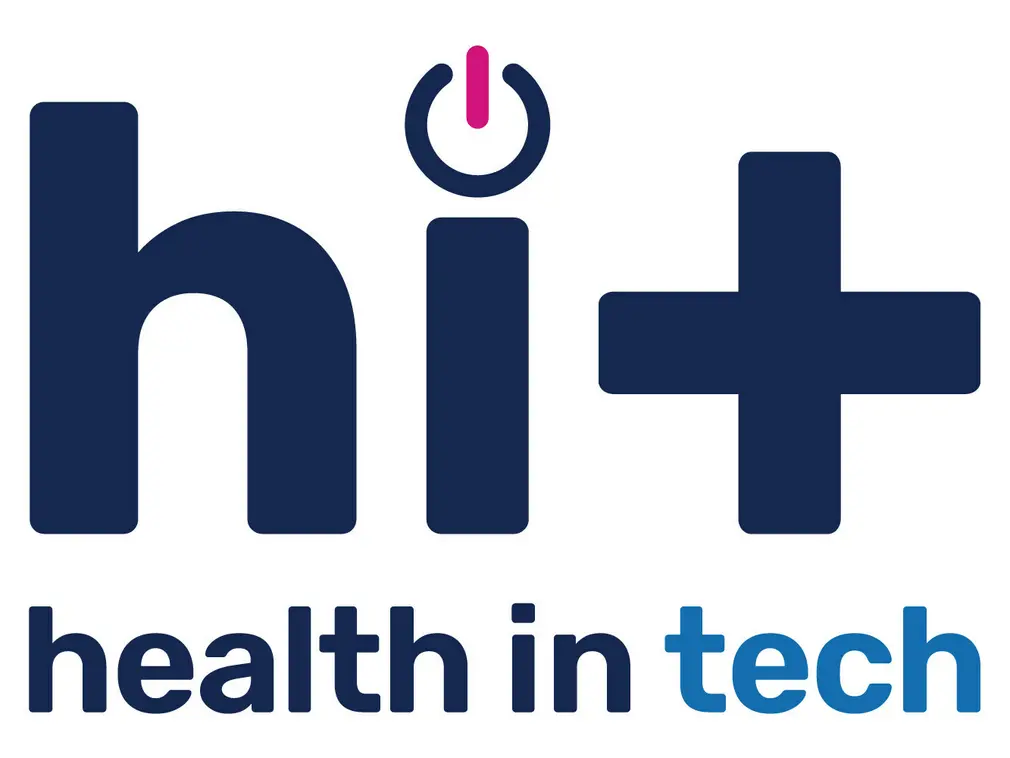Hollywood Studios Are Stuck in a Catch-22: AI Fake Movie Trailers on YouTube Still Don’t Pay the Bills

How AI is Revolutionizing Digital Entertainment
The digital age has brought about a revolution in entertainment, with artificial intelligence (AI) playing a pivotal role in shaping how we consume media. Studios are leveraging AI to create realistic movie trailers, which has become an integral part of pre-release marketing strategies.
How AI Works
AI algorithms process vast amounts of data to generate visuals and text that mimic human creativity. This technology allows studios to produce detailed and visually stunning fake trailers in a fraction of the time compared to traditional methods, making it an efficient tool for modern entertainment.
Why AI-Fake Trailer Revenue Isn’t Paying Off
Despite the rise of AI-driven fake trailers, Hollywood studios are struggling to see a return on their investment. While the technology has advanced, its effectiveness in generating revenue is still uncertain due to several factors.
Limitations of AI in Trailer Production
- Perceived Inauthenticity: Viewers often judge fake trailers by how closely they resemble real ones. While AI can create highly realistic visuals, the production value and creativity required surpass current capabilities.
- Over-saturation: The ease with which fake trailers can be generated has led to an overabundance of content on YouTube. Algorithms may prioritize quantity over quality, reducing their appeal.
- Content Overproduction: Studios are producing trailer after trailer without a clear strategy, leading to a lack of focus and diminishing returns for audiences.
Challenges Faced by Studios
- Quality Control: Ensuring each fake trailer maintains consistency in quality is difficult. Random variations can disrupt the brand image and credibility of the studio’s projects.
- Brand Consistency: The look, feel, and tone of fake trailers need to align with the actual movies for them to be successful. This requires meticulous coordination between multiple teams, which can be resource-intensive.
- Niche Market Focus: Studios are exploring niche markets like short-form content or micro-directories but struggle to carve out a dedicated audience without investment in marketing.
Exploring Alternative Strategies
Given the limitations of AI-driven fake trailers, studios need alternative strategies to ensure long-term success. Exploring new revenue streams and investing in improving production quality can help offset current challenges.
Alternative Revenue Streams
- Micro-Influencer Marketing: Partnering with niche influencers for specific content or services that align with the studio’s branding can enhance visibility without relying solely on AI.
- Digital Rights Management: Licensing rights to popular fake trailer templates from high-demand creators could provide a sustainable revenue source.
- Fan Engagement Programs: Creating exclusive content for dedicated audiences, such as early access to movie premieres or bonus features, can build loyalty and drive engagement.
Conclusion
Hollywood studios are facing an uphill battle as AI-powered fake movie trailers on YouTube struggle to generate consistent revenue. While the technology has advanced, its effectiveness in generating profit remains uncertain. Studios need to explore alternative strategies, focus on quality control, and invest in innovative marketing approaches to ensure their survival and thrive in the evolving entertainment landscape.







